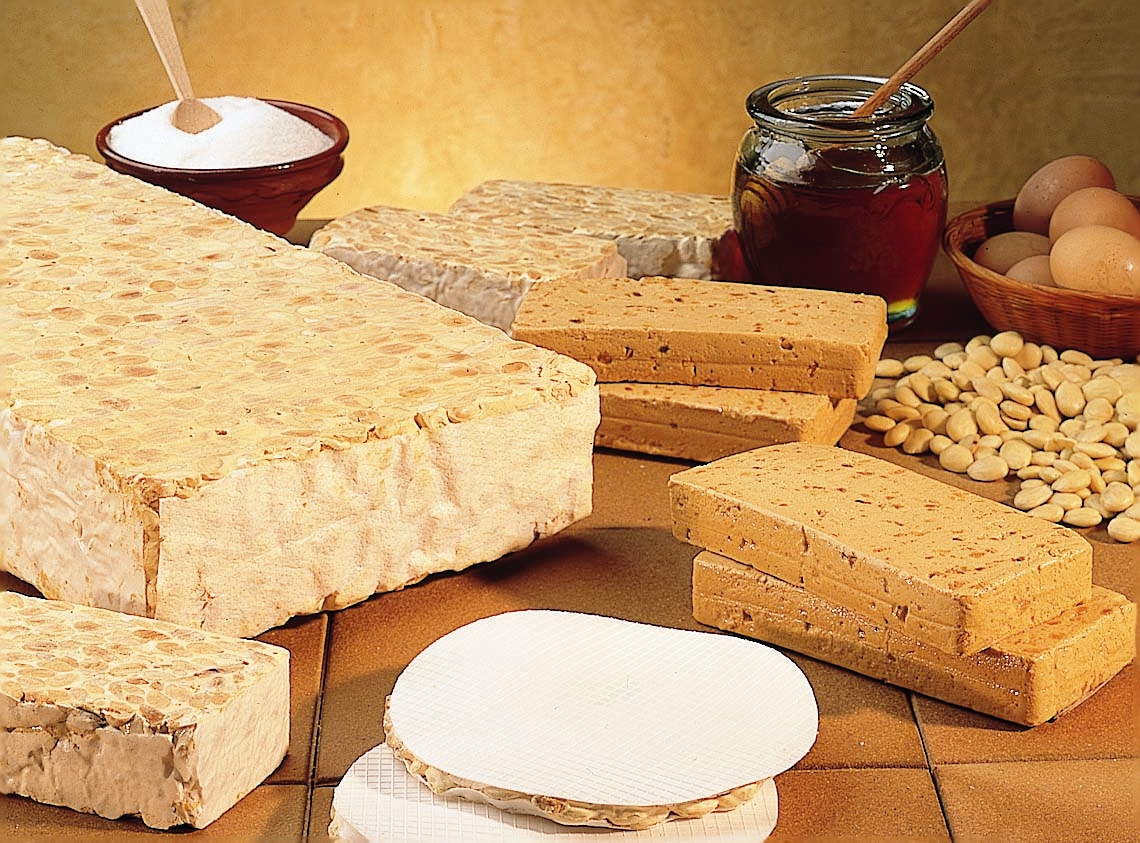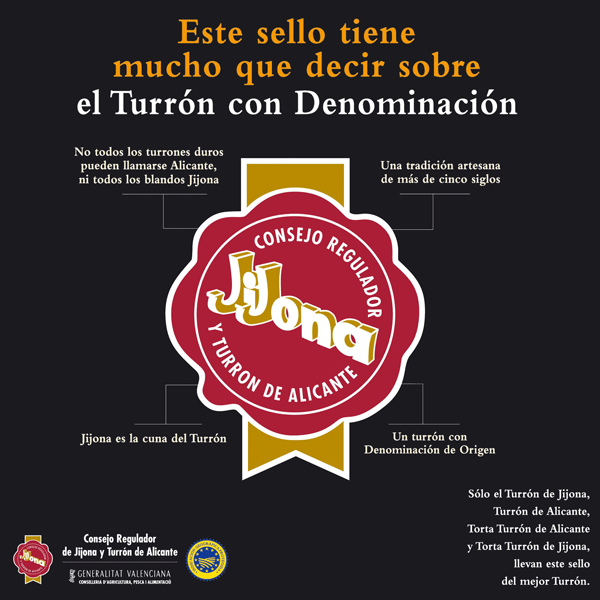Christmas Turrón!
Friday, December 22, 2023 @ 1:00 PM

Turron is recognised in Spain as a symbol of Christmas. It evokes festive spirit and socialising over the festive period. It is a very old, traditional sweet similar to a nougat, believed to be of Moorish (Arabic) origin. It was a desired dessert of King Felipe II of Spain, and there was even a book "Conduchos of Christmas," which was written by Felipe's chef Francisco Martinez Montino, that described turron in detail. It was often served for special occasions and when guests would be visiting, and this has remained a tradition ever since. If you ever go round to a Spanish family’s home during Christmas there will always be some turrón on the table.
 Turrón has been a popular sweet for centuries, even outside Spain’s borders. It is said that the Moors invented turrón during the 15th Century in Jijona, a small town about 30 miles or so north of Alicante.
Turrón has been a popular sweet for centuries, even outside Spain’s borders. It is said that the Moors invented turrón during the 15th Century in Jijona, a small town about 30 miles or so north of Alicante.
Jijona’s economy is entirely reliant on the production of turrón and there is even a museum of turrón that chronicles the process and history of the sweet. There are two traditional types of turrón. Soft turrón referred to as Jijona, which you won’t break your teeth on and hard turrón referrred to as Alicante, which is like a thick almond nougat candy, similar to peanut brittle, and is pretty hard on the teeth but the almonds are fantastic once you get going!
The area of Jijona is an important region for almond and honey producers. The wild flowers which are abundant in the region combined with the almond tree flowers créate an ideal ecosystem for the bees. The honey, together with the almonds makes for the two main ingredients used in turrón. Sugar is also added and egg White for binding, producing a exquisite sweet. However if you do not have a sweet tooth it may not be for you! In 1939 The turrón from Jijona was protected by a designation of origin defining exactly what is traditional turrón and how it should be made, establishing different levels of quality, as with olive oil.
Alicante or Hard Turron is made by roasting, then chopping the almonds and mixing them with honey. The mixture is then simmered over heat and stirred constantly with large wooden spoons. Egg white is added to bind the mixture and it is cooled. Once cooled, it is cut into pieces that resemble bricks, wrapped in paper-thin rice paper and packed.
Jijona or soft turrón is alot more work. Once the hard turrón has cooled, the blocks are ground up with almond oil to form a sticky paste. Then, it is reheated and beaten for hours until it forms a soft, even mix. Egg white is then added as a binding agent and cooled in square metal containers to be cut into thick slices and packed, due to the almond oil this neve goes hard and has a much softer consistency and is also easier on the teeth! Although these are the main two varieties of turrón, as you can imagine it has opened the door to whole range of different flavours which include egg yolk, nuts of all sorts, chocolate, dried fruits, truffles and even on ocasions rum ó brandy. In essence it is a very simple tradicional sweet that can easily me made at home.
You don't have to be registered to leave a comment but it's quicker and easier if you are (and you also can get notified by email when others comment on the post). Please Sign In or Register now.